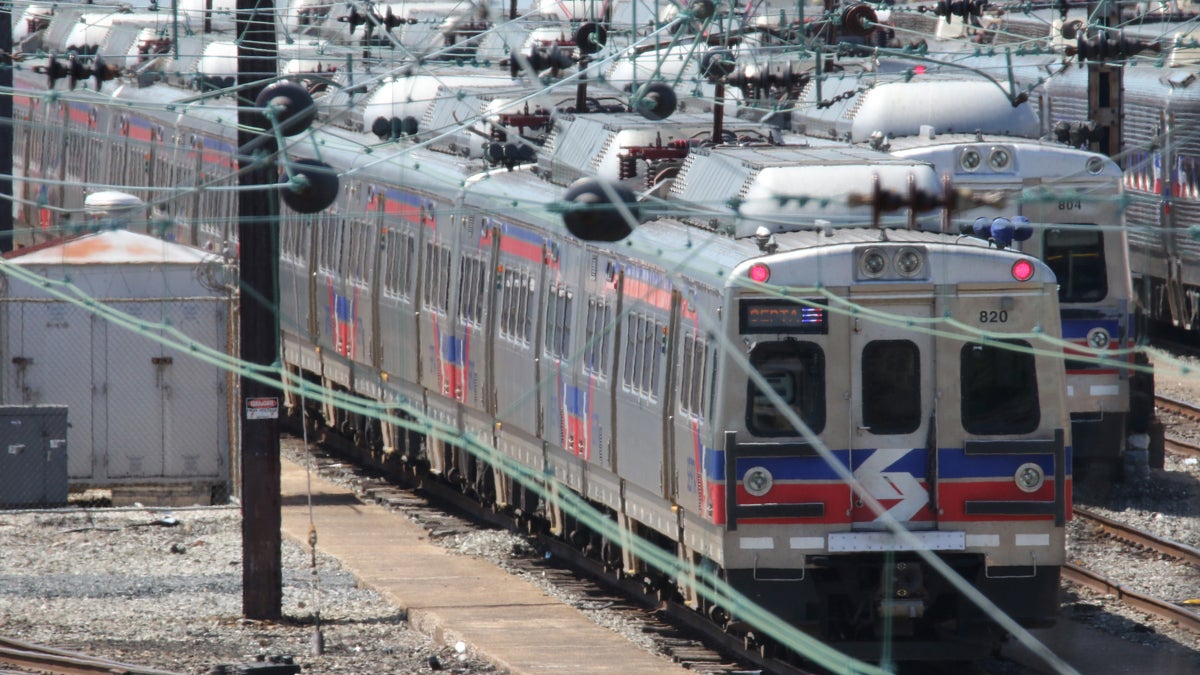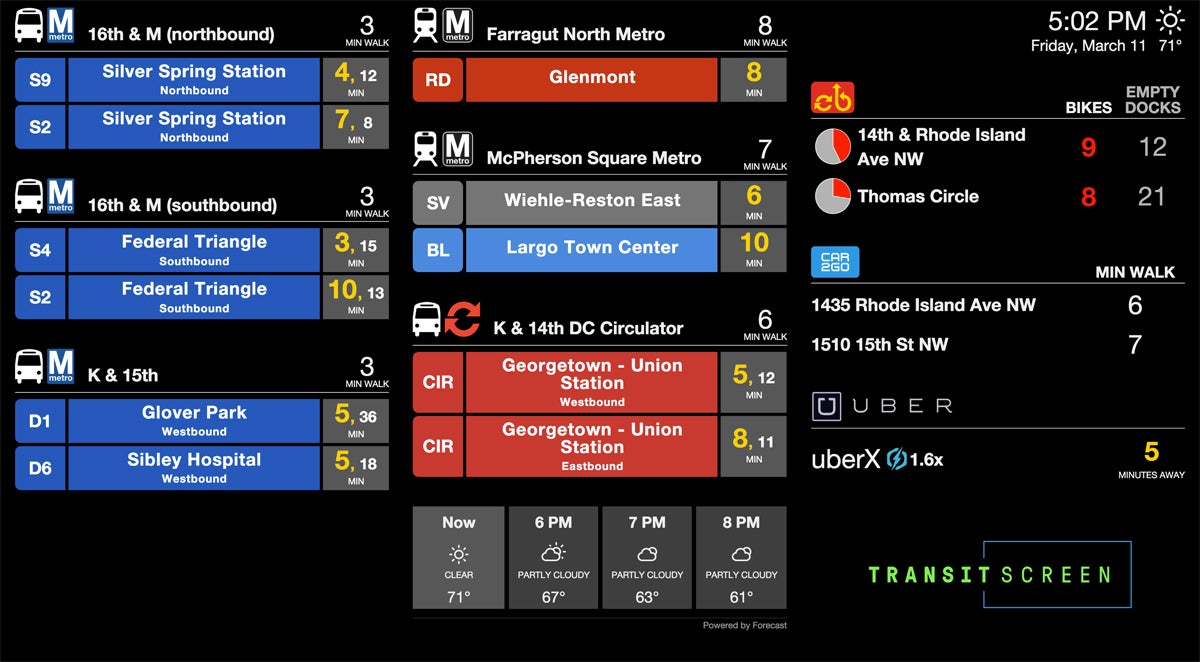How to deal with transit delays — and make people rethink their commutes

Some of the 120 Silverliner V railway cars taken out of service by SEPTA (Southeastern Pennsylvania Transportation Authority) are shown in a storage yard. This summer rail service in the Philadelphia region has been impacted due to cracks in the structure of the equipment. (AP Photo/Harry Hamburg)
Unexpected delays or closures are a huge problem for people who take public transit.
A few years ago, I was living in Boston, where I commuted to work by train. It was a straight shot, no transfers, and took me about 30 minutes door-to-door — not a bad commute, all things considered. And then, one day, I showed up to find the station closed. A harried transit worker was directing all the frantic commuters over to a nearby street corner; she said buses would be running the same route. Everyone grumbled, got in line, and we packed on to the buses. We were all late, but there wasn’t much we could do about it.
Unexpected delays or closures are a huge problem for people who rely on public transit. Construction, accidents, and emergencies can shut down buses and trains for hours. (Special events are more predictable, but most transit authorities do an abysmal job communicating changes.) People show up, find that their train or bus isn’t running, and have to scramble to figure out another way to work.
The Metro in Washington D.C. is facing this exact problem, but on a large scale. Over the next year, the Metro is changing service hours and shutting down stations in order to do a massive rehabilitation project on the aging system. Given the breadth of the project, unexpected delays and closures are bound to occur. (SEPTA in Philadelphia, meanwhile, is facing its own troubles with a third of its rail cars out of service)
The Metro, though, is working with a company called TransitScreen to offer travelers a constantly-updated screen of transportation options. That means that when there is an unexpected delay, individuals can quickly check out the alternative options available and figure out the best way to get to their destination. Maybe that means a new bus route or hopping on a bike share, or even grabbing an Uber.

Sample TransitScreen that shows commuters various travel options including the D.C. Metro, bike share, and Uber. (Image courtesy of TransitScreen)
This is incredibly helpful for not just the unexpected delays, but for also making travelers really think through their typical routes. How long will that other bus route actually take? Should I consider driving? (Oh, nope, the estimated travel time is forever!) Instead of taking another train, could I just bike or walk if the weather is nice?
This is all part of the mission of TransitScreen, which was founded in Virginia in 2013 at Mobility Lab, a sort of transportation-communication think tank. Navigating a city, after all, can be hard, especially when service gets disrupted.
WHYY is your source for fact-based, in-depth journalism and information. As a nonprofit organization, we rely on financial support from readers like you. Please give today.



